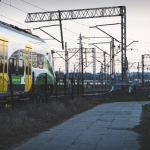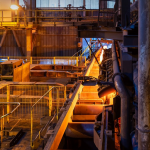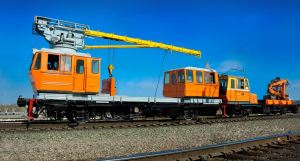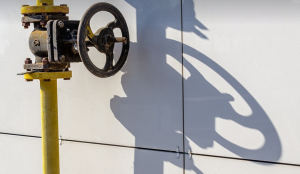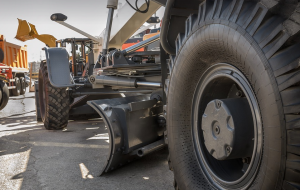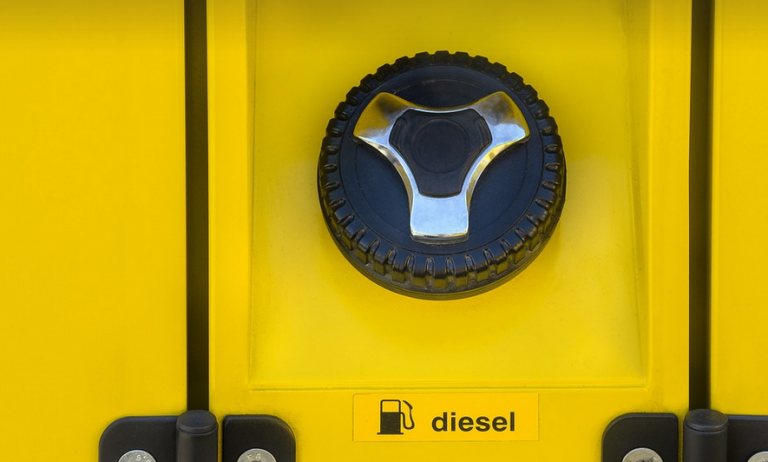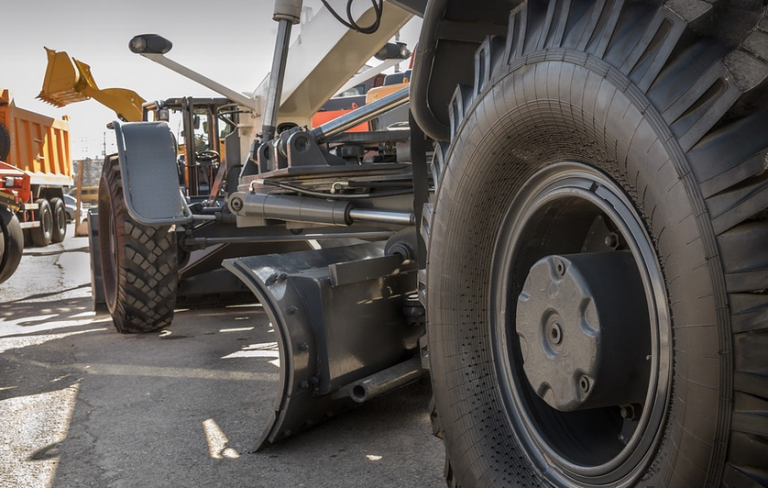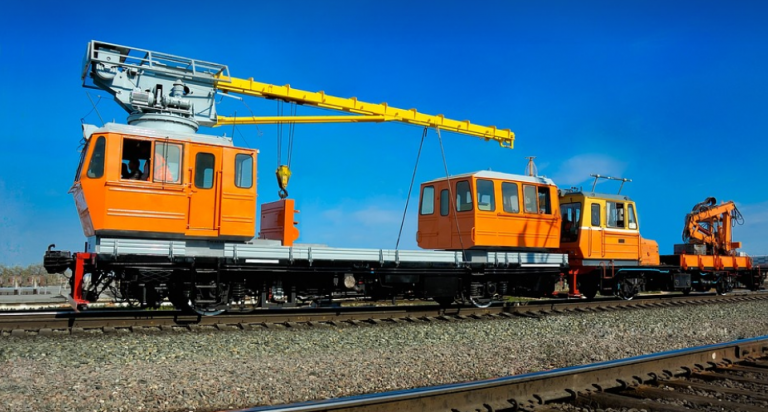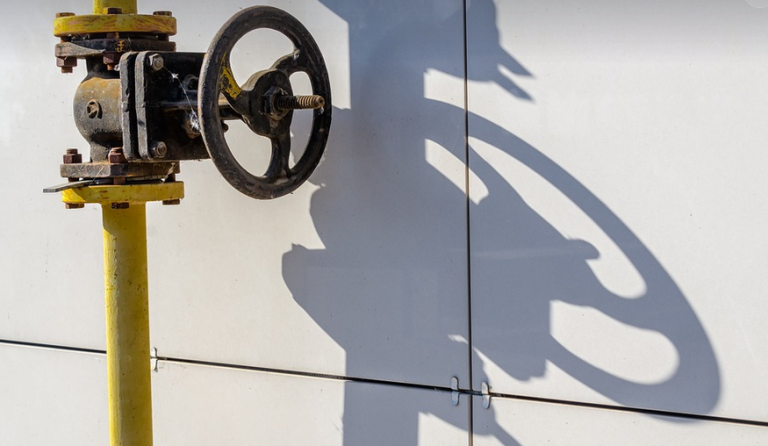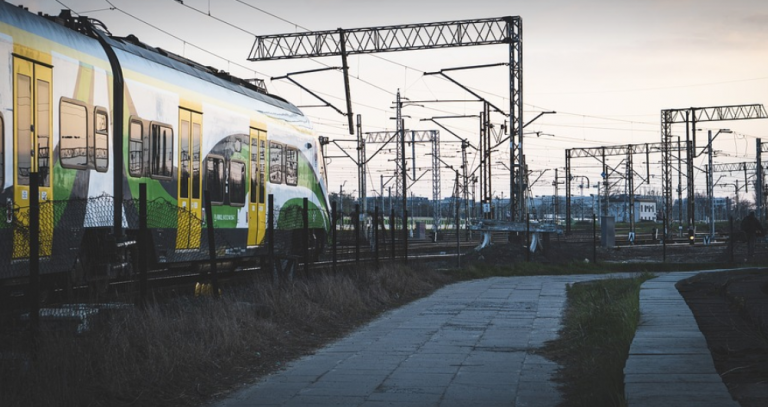What’s the Deal with Peak Disposal?
Remember that time you went through a massive decluttering frenzy, deciding to ditch half your clothes and a bunch of old gadgets? Well, our planet has been doing something similar for decades. We’ve been throwing out more stuff than ever before. But what happens when we hit our limit? It’s like trying to fit all the garbage in one overflowing bin – eventually, there won’t be enough space or resources left to handle it.
For years, we’ve managed just fine with a “throw and forget” attitude. We recycle what we can, throw out old electronics, and hope for the best. But this system is reaching its limits. The sheer volume of waste generated globally puts immense strain on our planet’s resources.
Think about it this way: Our landfills are bursting at the seams. They’re becoming a ticking time bomb of pollution and greenhouse gases. And as we continue to contribute more and more garbage, the problem gets worse.
Why Are We Facing This Peak?
The reasons for this growing waste crisis are as diverse as the items we discard. It’s a combination of factors that have been stacking up over years:
**1. Fast Fashion and Throwaway Culture:** The fashion industry is a major culprit, churning out cheap clothing at an astonishing rate. We buy new stuff constantly, expecting it to last forever when, in reality, most things go obsolete quickly. We’re not just throwing away clothes; we’re also discarding entire habits.
**2. Overconsumption and Lack of Sustainability:** Our society has shifted towards a “more is better” mentality, leading to increased consumption and a lack of emphasis on using what we have. We often fail to consider the long-term consequences of our choices, opting for convenience over sustainability.
**3. Short Lifespans and Convenience:** We tend to value instant gratification and prioritize things that offer immediate benefits. This has led us to choose products with shorter lifespans and a tendency to move on to newer versions, rather than taking care of what we have.
**4. Lack of Recycling Infrastructure:** A lack of proper recycling systems in many parts of the world is hindering our efforts. We’re throwing away valuable resources that could be repurposed or recycled.
**5. Population Growth and Increased Demand:** As populations increase, so does the demand for resources, leading to even more waste generation.
Peak Disposal: What Happens Now?
So, what can we do about it? We’re at a crucial point where we need to change course. While peak disposal might sound like a bleak end, it actually pushes us into action to find sustainable solutions.
**1. Shifting Our Mindsets:** The first step is acknowledging the problem and shifting our mindset from “disposable” to “circular.” We need to embrace repair, reuse, and repurpose instead of buying new every time.
**2. Implementing Sustainable Practices:** Switching to a more sustainable lifestyle requires changes in how we consume, dispose of waste, and create products that are designed for longevity and durability.
**3. Investing in New Technologies:** The future lies in innovations like advanced recycling technologies, biodegradable plastics, and circular economy models – ways to break the cycle of waste generation and pollution.
**4. Encouraging Policy Changes:** We need governments and organizations to step up by implementing stricter regulations on waste management, investing in infrastructure for better recycling systems, and creating incentives for sustainable practices. Our actions must be supported by policies that encourage a shift towards sustainability.
**5. Raising Awareness and Engaging the Community:** The key to overcoming this challenge lies in collective action. We need to empower individuals, communities, and businesses to join forces and advocate for change on a global level.
The time is now. We can’t wait until peak disposal hits us. By understanding the complexities of waste generation and exploring sustainable solutions, we can navigate this challenge with purpose and resilience, paving the way for a more sustainable future.


